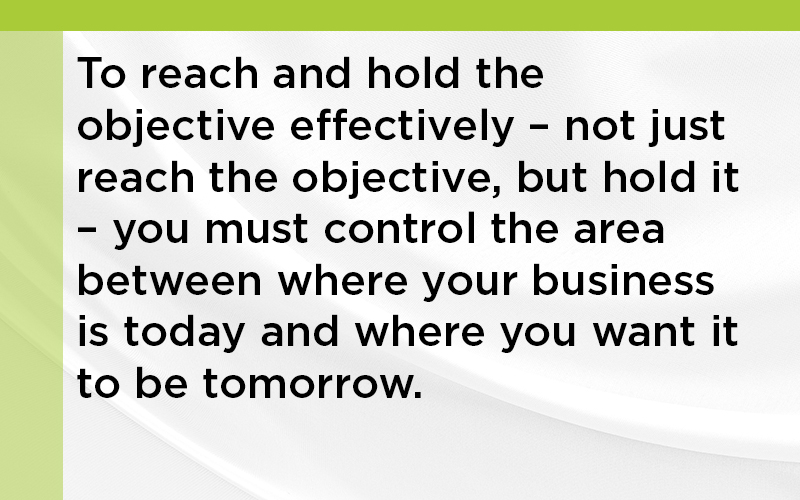
by Kenneth B. Lerman
The following current and often-expressed description of our 2011 US business economy suggests business erosion: “there are fewer opportunities to pursue and most of those have lower margins.” Like it or not, U.S. business opportunity is not what it used to be. So what?
During 2008-2010, the lethargic response of many US business owners to uncertainty, fear, lack and disappointment was moping and self-pity. In 2012, business owners need not fear, be threatened by, nor be held hostage to micro or macro economic trends. Owners, at all levels and throughout all categories, should strategically plan to effectively outperform their competition. Successful business owners in 2012 will attract new clients who value and will pay more for superior business solutions – superior solutions that are intelligently and skillfully presented to clients (current and new) – within an evident, demonstrated and merchandised value-added relationship.
US Business: Re-learn How to Sell!
Sell strategically that which is current and relevant to your customer’s 2012 wants and needs – not what you want to sell. 2012 business strategic planning should directly link to 2012 revenue-generating selling strategies and your selling process. If not, you’ve just contemplated your navel. Today’s global, competitive and vacillating business economies require sound strategic business thought and assertive strategic movement (implementation). Get it going, intelligently and strategically! No one said it would be easy and it isn’t.
History of Business Strategic Planning
The Marshall Plan to reorganize and rebuild Europe following World War II is considered by historians to be the foundation and beginning of contemporary strategic business planning. The Marshall Plan focused on European reconstruction with “Peace” as its objective. Its corresponding strategy was the theory that “Economic Stability” would provide “Political Stability” in Europe. A costly lesson was learned following WWI when harsh monetary reparations were levied to punish Germany.
A specific, exact objective and strategy, carried out in the most effective and efficient manner is the cardinal rule of strategic planning and thinking.
Effective: meaning most productive manner to reach and hold the objective.
Efficient: with the least amount of business resources invested or spent.
The first public seminar on business or corporate strategic planning was held for a week at the American Management Association in New York City, presented by Rob Allio of the North American Society for Corporate Planning (NASCP). Approximately 40 participants attended from aerospace (Martin Marietta and Morton-Thiokol), banking (Citibank) and consumer products (Johnson & Johnson and Proctor & Gamble). In addition, several Wall Street brokerage firms (Goldman Sachs, Merrill Lynch) also attended. Every participating business embraced and successfully applied strategic business planning.
In a nutshell, strategic business planning is the identification of a specific objective and strategy and the planned allocation of business resources to achieve the specific business objective and fund the strategy. The three business resources which all businesses have to invest in their strategic plan are time, talent and dollars. The better and deeper the resources, the better the plan and its outcome (one would hope). Which of the three business resources do you think is the most critical to successful implementation of a business strategy (i.e. the most effective and efficient implementation of strategy) time, talent or dollars? To me, talent is the most critical business resource, for talent spends your time and talent spends your money.
Strategic Tactical Implementation
Out on the horizon is your defined, measurable, affordable and doable business objective. To reach and hold the objective effectively – not just reach the objective, but hold it – you must control the area between where your business is today and where you want it to be tomorrow. The area has seven hills. You don’t have the time, talent or dollars to take and hold all seven hills. With the business resources you have, you might be able to take and hold three hills over the next two years. Which of the three hills will you take and control? How will you take them and hold or control them over time? Each hill is different and requires different amounts and deployment of resources.
Business “hills” might be acquisition of a northeast production facility or a new distribution channel, perhaps an upgrade of field sales talent or installation and use of plant preventive maintenance protocols versus reactive maintenance to equipment downtime. Taking a hill requires resources. If you take a hill and then lose it, you are back at the bottom of the hill with depleted business resources.
Ken Lerman is a national business growth consultant, national speaker, management trainer and author for US business across a diverse range of industries. He can be reached at www.kenlerman.com, via email at lermank@kenlerman.com or call 316.733.5800.

